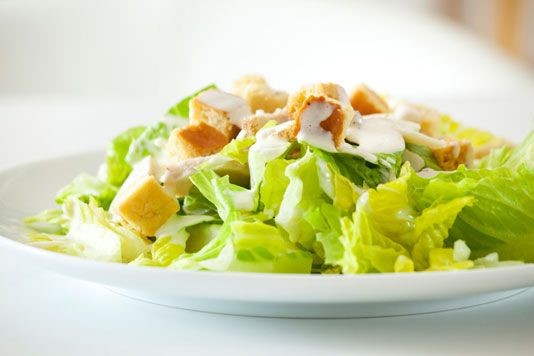10 lies about 'healthy' food and drink

Are widely acclaimed health food and drinks really that good for you? Daniel Culpan exposes ten of the most misleading food frauds.
We seem to be swamped daily by new products that tout their great health benefits. Yet many are actually packed with hidden calories and nasty stuff that’s all too conveniently left out of the adverts. Here’s ten food lies you shouldn’t be so eager to swallow.
1) Fruit juice
Watch out for fruit juices ‘made with real fruit’: they often don’t contain any fibre and sometimes just a trace of fruit juice. Look closely at the labels to see how much fruit they actually contain and visit fruitjuicefacts.org for more info.
2) Vitamin water
Many bottled water drinks that are advertised as being packed with nutrients are simply filled with empty calories. The health benefits apparently offered have been shown to be no more beneficial than drinking a glass of water and taking a daily multivitamin – if that. Read Vitamin water is not nutritious to find out more.
3) Low-fat yoghurt
This low-fat alternative to ice cream – rich in protein and calcium – often contains shocking amounts of added sugar. Some brands add up to 30g or more grams of fructose, sucrose or other sweeteners per 100g. Of course there are some healthier brands out there - Rachel's Organic is our favourite.
4) Smoothies
Despite their reputation as a ‘healthy’ alternative to soft drinks, smoothies are often loaded with sugar and calories, contain no protein and often no fresh fruit – using ‘concentrates’ rather than the real thing. The addition of ice cream and sweeteners can make them no better than a milk shake. The good news is that one of the most well-known smoothie brands - Innocent Smoothies - uses 100% pure fruit, with no added sugar, water or concentrates. Hats off.
5) Salad toppings
Processed artichokes, chick peas and olives all contain high levels of sodium, so beware these salad toppings. Limit anything that comes out of a tin, and rinse to remove a lot of the excess salt. Check the label carefully!
6) Low-fat granola
The low-fat version of this crunchy cereal has only 10% fewer calories and remains packed with sugar. Studies have shown that the low-fat label can also encourage over-eating, quickly cancelling out the meagre 10% calorie cut-back. However, if you like it, why not make it yourself? It's relatively easy to do and that way you'll know exactly how much sugar you're putting in it.
7) Skinny mocha
The temptation to choose the skinny option for your coffee and then compensate with whipped cream on top is a big mistake. This trade-off can pack up to more than 500 calories and a lot of saturated fat into a small chocolate mocha – more than a quarter pounder with cheese! If you really want a healthy hot drink, go for fresh mint tea instead.
8) Omega-3-enriched foods
Some labels on milk, eggs, cereal and other foods boast of added omega-3, or probiotic fortified – known to help your heart. However, most only contain ALA, derived from vegetable sources, and not the more beneficial EPA and DHA. Take an Omega-3 supplement to be sure you're getting your daily allowance.
9) Caesar salad
The deceptively healthy salad is a favourite among dieters and light lunchers, but Caesar salad actually loaded with calories courtesy of dressing and croutons, along with generous lashings of Parmesan cheese. Don't fool yourself - this is not a healthy salad! Leave out the croutons, the dressing and the cheese, or better yet, opt for a more delicious salad recipe that won't pile on the pounds.
10) Diet drinks
Think if you opt for a diet drink, you're taking the healthy option? Not according to researchers from the University of Texas, who found that the more diet sodas a person drank, the more weight they gained. It has also been linked to diabetes, although a further study by researchers at Harvard refuted this.
Also worth your attention:
The biggest food myths in Britain
Comments
Be the first to comment
Do you want to comment on this article? You need to be signed in for this feature